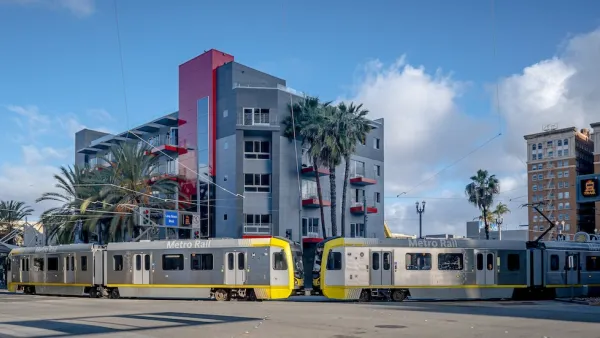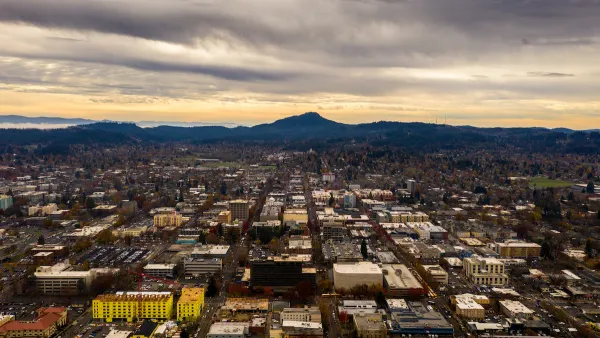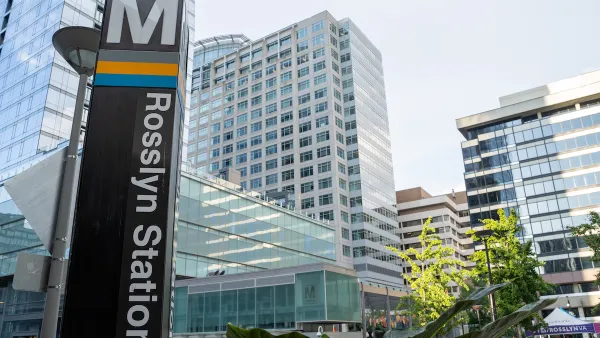Stating the need for increased density and transit-oriented development, the Department of City Planning will remove the neighborhood's parking requirements.

In a victory for New York's transit advocates (and developers), the city will likely remove rules requiring a certain number of parking spaces per building in East Harlem. In an area relatively well-served by transit, the minimums can clog up street space and lead to the construction of large parking lots where buildings could be.
From this Streetsblog NYC article: "New York City's minimum parking requirements drive up the cost of housing by requiring developers to build parking spots that otherwise wouldn't get built. This adds to construction costs and constrains the supply of new housing."
The rule change stems from City Council Speaker Melissa Mark-Viverito's "East Harlem Neighborhood Plan," released earlier this year. The plan also calls for upzoning to accommodate affordable housing and space for jobs.
A spokesperson for the Department of City Planning commented, "The elimination of parking requirements is a part of our growth-oriented approach to the neighborhood study, so we are applying it in areas we are targeting for new transit-oriented development."
FULL STORY: East Harlem Rezoning Plan Scraps Parking Minimums to Build More Housing

National Parks Layoffs Will Cause Communities to Lose Billions
Thousands of essential park workers were laid off this week, just before the busy spring break season.

Retro-silient?: America’s First “Eco-burb,” The Woodlands Turns 50
A master-planned community north of Houston offers lessons on green infrastructure and resilient design, but falls short of its founder’s lofty affordability and walkability goals.

Delivering for America Plan Will Downgrade Mail Service in at Least 49.5 Percent of Zip Codes
Republican and Democrat lawmakers criticize the plan for its disproportionate negative impact on rural communities.

Test News Post 1
This is a summary

Test News Headline 46
Test for the image on the front page.

Balancing Bombs and Butterflies: How the National Guard Protects a Rare Species
The National Guard at Fort Indiantown Gap uses GIS technology and land management strategies to balance military training with conservation efforts, ensuring the survival of the rare eastern regal fritillary butterfly.
Urban Design for Planners 1: Software Tools
This six-course series explores essential urban design concepts using open source software and equips planners with the tools they need to participate fully in the urban design process.
Planning for Universal Design
Learn the tools for implementing Universal Design in planning regulations.
EMC Planning Group, Inc.
Planetizen
Planetizen
Mpact (formerly Rail~Volution)
Great Falls Development Authority, Inc.
HUDs Office of Policy Development and Research
NYU Wagner Graduate School of Public Service





























